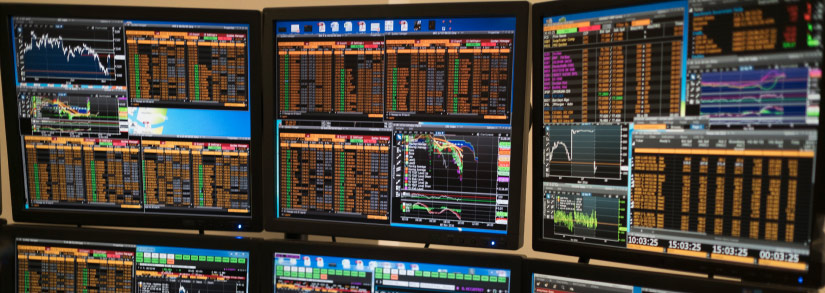
- Stock selection is a key element of an active manager’s investment process, demonstrating manager skill, but the impact of common factor exposures can dominate those decisions.
- In 2022, in contrast to the two preceding years, stock selection took a backseat to style factor and industry bets as the primary return contributors for active equity funds.
- Understanding the return drivers of actively managed funds can help asset owners in allocating capital among managers.
Market volatility was high in 2022, yet stock selection, an important indicator of active manager skill that tends to benefit from stock swings, contributed roughly 25% of active fund performance, lower than in the two prior years. Exposures to style factors and industry bets instead led performance. Awareness of our findings could be valuable for asset allocators.
Our sample
Active managers’ underlying investment processes may vary, but their portfolios share many of the same risk and performance drivers: country, industry, currency and style factor exposures as well as stock selection. We reviewed the drivers of active fund managers’ performance in 2022. Our sample of 1,300 unique funds includes active global and international (global ex U.S.) equity mutual funds from MSCI’s Peer Analytics dataset that met certain criteria for breadth and fund size.1 We selected funds that identify as not following a specific investment style or having a specific industry or sector focus. We grouped the funds in the sample into deciles based on their 2022 performance. The return differential between the median managers in the top and bottom deciles was 27%.
Performance attribution compares top- and bottom-performing funds
We conducted a performance attribution of each fund in the top- and bottom-performing deciles.2 While top-performing-decile funds on average gained from their style, industry and stock positioning, the bottom-decile funds lost on all counts.
Style factors on average explained the largest share of absolute return, 31% and 50%, for the top and bottom deciles, respectively. Industry positioning explained on average 30% and 17%, and stock selection accounted for 25% and 21%, of the return for the top- and bottom-decile managers, respectively.
Style bets dominated fund performance in 2022
Active return decomposition of top-decile funds
Active return decomposition of bottom-decile funds
The choice of style exposures determined performance
Our performance attribution included eight style factors: yield, volatility, value, growth, momentum, size, liquidity and quality. The funds in the top-performing decile had the highest median exposures to the yield, value and momentum factors (and the lowest exposures to the volatility and growth factors). These factor exposures steadily declined (increased) for funds in successively lower deciles.
Fund performance and style factor bets in 2022
Funds are ranked and grouped into deciles based on their 2022 performance. Decile 1 corresponds to the best-performing funds and decile 10 to the worst-performing funds in our sample. The exhibits show the MSCI FaCS™ exposures of the 5th, 50th (median) and 95th percentile managers in each decile based on fund holdings information.
Because last year was characterized by a strong rotation from growth to value and by elevated market volatility, which favored defensive strategies, fund outperformance (underperformance) was correlated with style factor exposures. The top decile’s high exposure to value (long-term reversal and earnings yield) and low exposure to volatility (beta and residual volatility) were the large positive style-factor contributors. Growth exposure was not responsible for the performance drag of the bottom-decile funds. Risky stocks with low investment quality and expensive valuations proved to be the significant detractors.
Value and volatility positioning impacted funds most
| Top-decile funds | Bottom-decile funds |
A look in the rear-view mirror
We repeated the same performance attribution analysis for the top- and bottom-decile funds for the years 2020 and 2021. Compared to the recent past, over the last year common factors became more dominant in explaining active returns, led by industries in the top decile and by style bets in the bottom decile.
Style and industry bets explained larger share of active performance in 2022
| Top-decile funds | Bottom-decile funds |
As our analysis shows, factors can play a crucial role in driving performance, surpassing contributions from a manager’s stock-picking skills. Assessment of a fund’s factor exposures is an important input to capital allocation decisions.
1Funds in the sample have an equity allocation ≥ 90%, average number of holdings in 2022 ≥ 50 and an average market value of fund holdings in 2022 between USD 1 million and USD 50 billion.
2Using the MSCI Global Equity Factor Risk Model, we conducted factor performance attributions based on the fund holdings information available in MSCI’s Peer Analytics dataset. A fund’s reported return did not always agree with the return estimated based on fund holdings, however, the mean absolute deviation of reported and estimated returns for the top- and bottom-decile funds was only 2.3%. Funds with a global focus were benchmarked to the MSCI ACWI Index, and those with an international focus were benchmarked to the MSCI ACWI ex USA Index.
